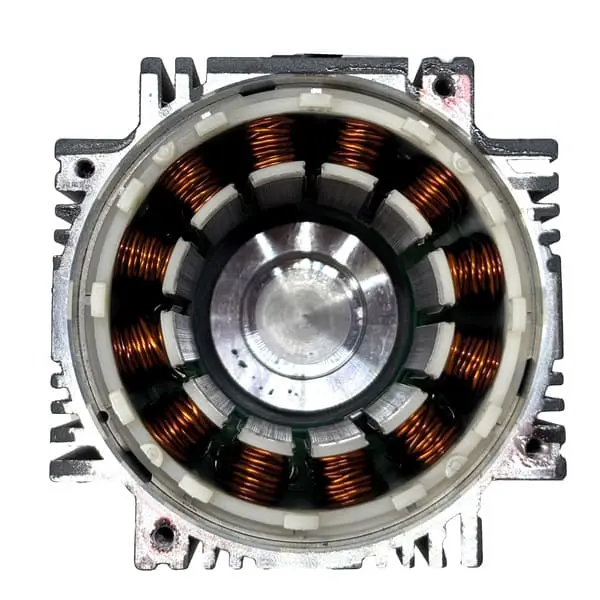Selecting a brushless DC motor (BLDC motor) can be challenging if you’re not sure where to start. This guide walks you through BLDC motor basics, key benefits, and the most important factors to consider when choosing the right model for your application.
What is a BLDC Motor?
A BLDC motor is an electronically commutated DC motor that uses a permanent magnet rotor and stator windings.
Key benefits of brushless motors:
✅ No brushes – minimal maintenance
✅ Higher efficiency (80–90%)
✅ Long service life and quiet operation
✅ Better safety – no sparking
How Does a BLDC Motor Work?
BLDC motors rely on electronic controllers to energize stator windings in sequence, creating a rotating magnetic field that drives the rotor.
Key Components
✅ Stator windings – produce torque
✅ Permanent-magnet rotor – provides magnetic field
✅ Hall sensors / controller – detect position and switch phases
Advantages of BLDC Motors vs Brushed Motors
| Feature | Brushless DC Motor | Brushed DC Motor |
|---|---|---|
| Efficiency | High (80–90%) | Moderate |
| Lifetime | 10,000+ hours | Limited by brush wear |
| Maintenance | Very low | Regular brush replacement |
| Noise | Quiet | Louder at high speeds |
Key Selection Factors
When choosing a BLDC motor, check the following:
✅ Voltage & Current: 12V, 24V, 48V, or AC options
✅ Torque & Speed: match motor curve to load
✅ Power rating: from 120W to several kW
✅ Control method: Hall vs sensorless
✅ Mounting & size: ensure mechanical compatibility
✅ Thermal performance: check continuous-duty ratings
Typical Applications
BLDC motors are used in:
✅ Industrial conveyors & packaging lines
✅ AGVs and mobile robots
✅ HVAC blowers & fans
✅ Medical pumps and centrifuges
✅ Small electric vehicles & drones
Our Recommendation
Start by defining your load requirements (torque, speed, duty cycle) and power supply. Then choose a BLDC motor and driver set that meets these specs.
